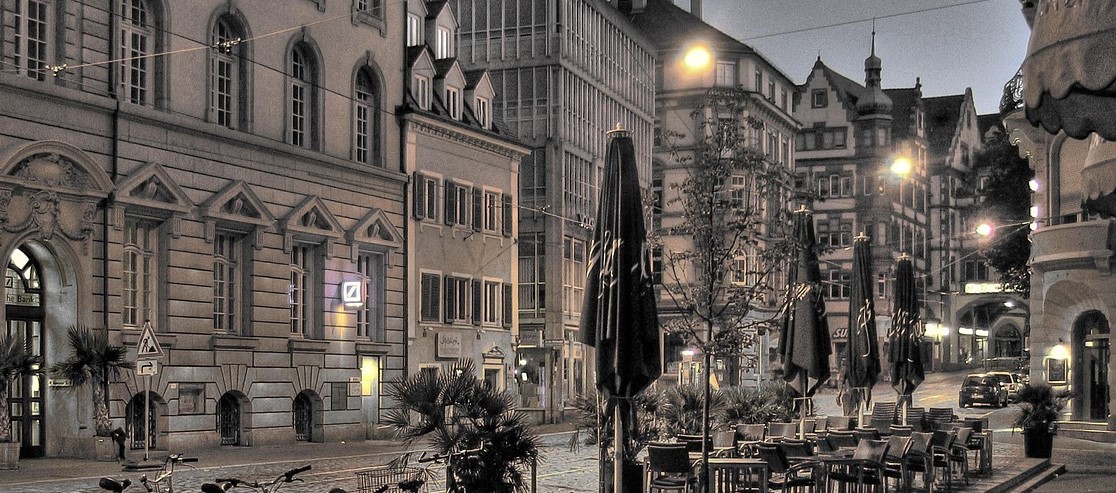Intensive work on lighting is probably one of the most effective and correct actions you can take to improve your images in general. As well as choosing the right subject in landscape photography, there’s also facing a choice of suitable natural light. The subject matter can vary greatly depending on the quality of natural light. Nature provides a photographer with all the diversity of natural light which varies according to weather conditions and time of day. Our task is to learn the most correct way to use it.
There are 3 main factors that affect natural light:
– The angle
– The season of the year
– Weather
Natural light consists of direct sunlight that provides warm shades and increased contrast, diffused light which is colder and more contrasting, and balanced light. At different times of day, you have different contrast and white balance. Starting at noon, the sun slowly descends to the horizon line, and the contrast of the images gradually decreases which is a result of the light reflecting from the surface.
As for weather, much depends on the clouds which are themselves a natural filter.
The worst time to shoot is noon. The sun’s rays are directed straight, the light is hardly reflected from the surface and dissipating with difficulty. For these reasons, photographers don’t even try to work at this time, keeping their cameras in cases. At the same time, unique opportunities slip away. For example, water becomes more transparent because the light is not much reflected from its surface and penetrates deeper than usual.
Many photographers prefer to use polarization filters designed especially for this purpose. However, it is specifically because of their use that the sky sometimes gets unnaturally blue and darker. When colors become insufficiently saturated, shadows – too deep, you can try to take pictures in black and white.
Morning and Evening Photos
At about 9 a.m., the light becomes warm, strong shadows appear, objects become more voluminous and three-dimensional. This lighting is considered predictable, unlike dawn or sunset lighting.
This time is rightly considered the best for shooting, but there is also a downside – your photos can be most ordinary and boring. The light is neutral enough, not as warm as at sunset, but not as bright as at noon, not as scattered as at dusk, but also not soft.
Golden Dawn and Sunset Hours
Golden hours are the first hour after sunrise and the last one before sunset. The best time to take a picture is when all objects are surrounded by warm light.
The colors at sunset are too bright for the human eye, but it is in the photo that they reveal themselves in all their beauty. At this time, automatic settings can affect color saturation, so focus on the white balance. More than that, in the most pleasant lighting conditions, there are many problems, the most common of which is exposure.
Dusk time
Twilight comes about half an hour before dawn and in the first hour after sunset. The sky is light, but the sunlight is already on or off. The sky itself is a source of light at this time of day. It can be either reddish or cold blue. For this reason, the lighting becomes soft, has many colors, and the atmosphere is pleasant and calm.
The biggest drawback of shooting at this time of day is the lack of contrast. It is difficult to take good pictures without using a tripod, and you need to put more effort into a composition. Camera’s automatic settings are often not suitable for this kind of lighting, and overexposure results in a loss of delicate colors.
Cloudiness and Twilight
The absence of direct sunlight provides soft and cold light which is typical for cloudy weather and darkness. Glares and reflections on a flat surface become softer and textures become clearer. The colors of objects are greatly affected by the light coming from other nearby.
Many photographers find this weather unsuitable for shooting, but the cloudy sky is a great chance for street photography if you have the right white balance. There will be no heavy shadows on a models’ face at this time of day, and it’s particularly good for taking photos of subjects with increased contrast.
An excellent way out of this situation would be eliminating the gray sky from a shot. However, texture clouds are interesting to work with. To be able to correct the white balance in the future, it is best to shoot in RAW. If the contrast in the photo is still not enough, you can always resort to Ps tools like Curves and Levels.
We think you have already realized that the weather plays a huge role in the work of a professional photographer. It’s what creates countless variations in the lighting for your photos, which we mentioned above. But even this list is not absolutely complete because a rainbow may appear, or it can be a foggy morning.
Author’s Bio:
Irina Volkhovskaya
Irina is a Chief Marketing Officer at ITRate.co. Among her skills: Brand analysis, Creating content strategies, Social media campaigns, Technical photography skills, Strong Photoshop and Lightroom skills.





